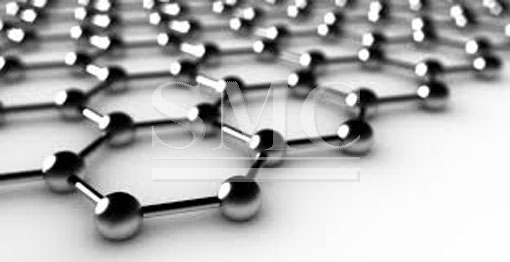By now, almost everyone has heard of 3D, from 3D movies, pictures, and books the concept in not new, but a new class of materials have now hit the market known as 2D materials. Experts are calling this revolutionary and may be the material of the era in the same way that bronze was in the Bronze Age and iron was in the Iron Age. The class of 2D materials has grown substantially in the past few years, and they have a far reaching potential. So what exactly are 2D materials and how can they be applied and used?
What are 2D Materials
2D materials, also known as two-dimensional materials, are a single layer of materials, consisting only of a single layer of atoms. There are several different substances that have been synthesized and used in 2D applications. They include lattice like layers of graphene, carbon, boron, germanium, silicon, phosphorous, and tin. Each of these 2D materials can be stacked and combined to create new and different materials. This concept began in 2004 when two scientists were able to create a mono-layer of graphene. Graphene is a substance stronger than steel, harder than a diamond, and lighter than anything with high flexibility and electrical conductivity. Since this innovation scientists have been researching and incorporating these materials into everyday objects.

Applications of 2D Materials
Graphene, the most common 2D material, was once more expensive than gold, however as technology advances the prices of this highly sought after material continue to fall. Recently the substance has reduced in price substantially, and the 2D applications of graphene are being explored and used in things such as water and air filters. Scientists may soon be using 2D graphene in road paving mixtures to increase strength and durability while keeping it as light as possible. Other applications include 2D graphene sensors that can be sewn directly into garments. When added to polymers graphene can be used to make stronger and lighter airplane wings and tires. Hexagonal boron nitride has been combined with graphene and boron nitride to improve the life of lithium ion batteries. They allow more energy to be packed into smaller volumes, reducing charging times, and expanding battery life. This technology can be applied to things as small as children’s toys and as large as electric vehicles.
Over the past ten years research has been done on the environmental impact these 2D materials have on the environment. This research has yielded nothing to raise concerns over the effects they could have to ones health or the environment, but the research is on going. The discovery of 2D materials has opened the door to many technological advances, and is only the beginning of 2D materials. While this may be your first time hearing about them, it won’t be your last.
Guest contributors are welcome at the Alloy Wiki.It is a weekly wiki and guide on alloy information and processing technology, while also about the vast array of opportunities that are present in manufacturing. Our team of writers consists of a Machining Material Supplier / Machinist / Tool and Die Maker, a Biomedical Engineer / Product Development Engineer, a Job Development Coordinator / Adjunct Professor, and a President and CEO of a manufacturing facility.
Link to this article:2D Materials
Reprint Statement: If there are no special instructions, all articles on this site are original. Please indicate the source for reprinting:Alloy Wiki,thanks!^^


